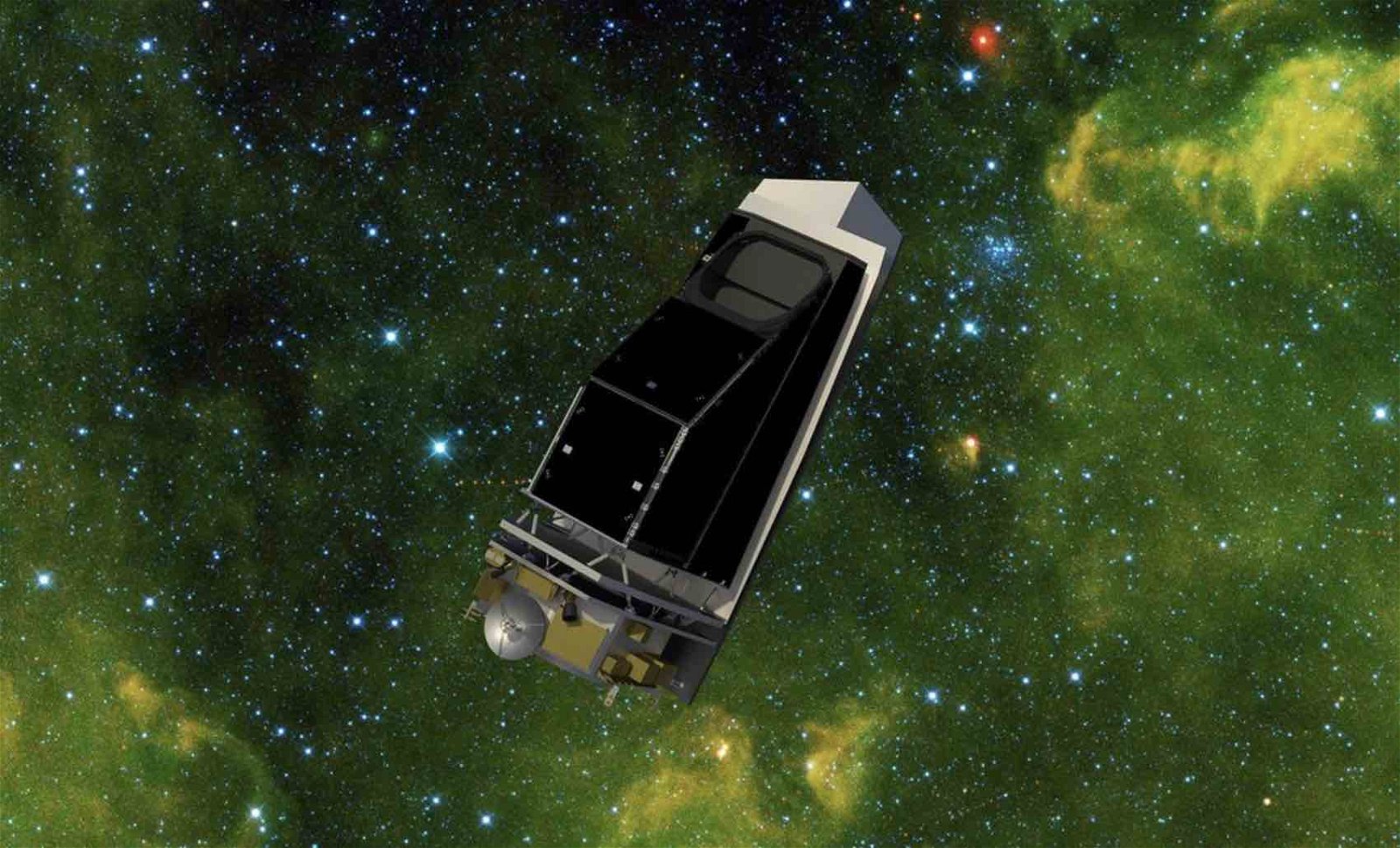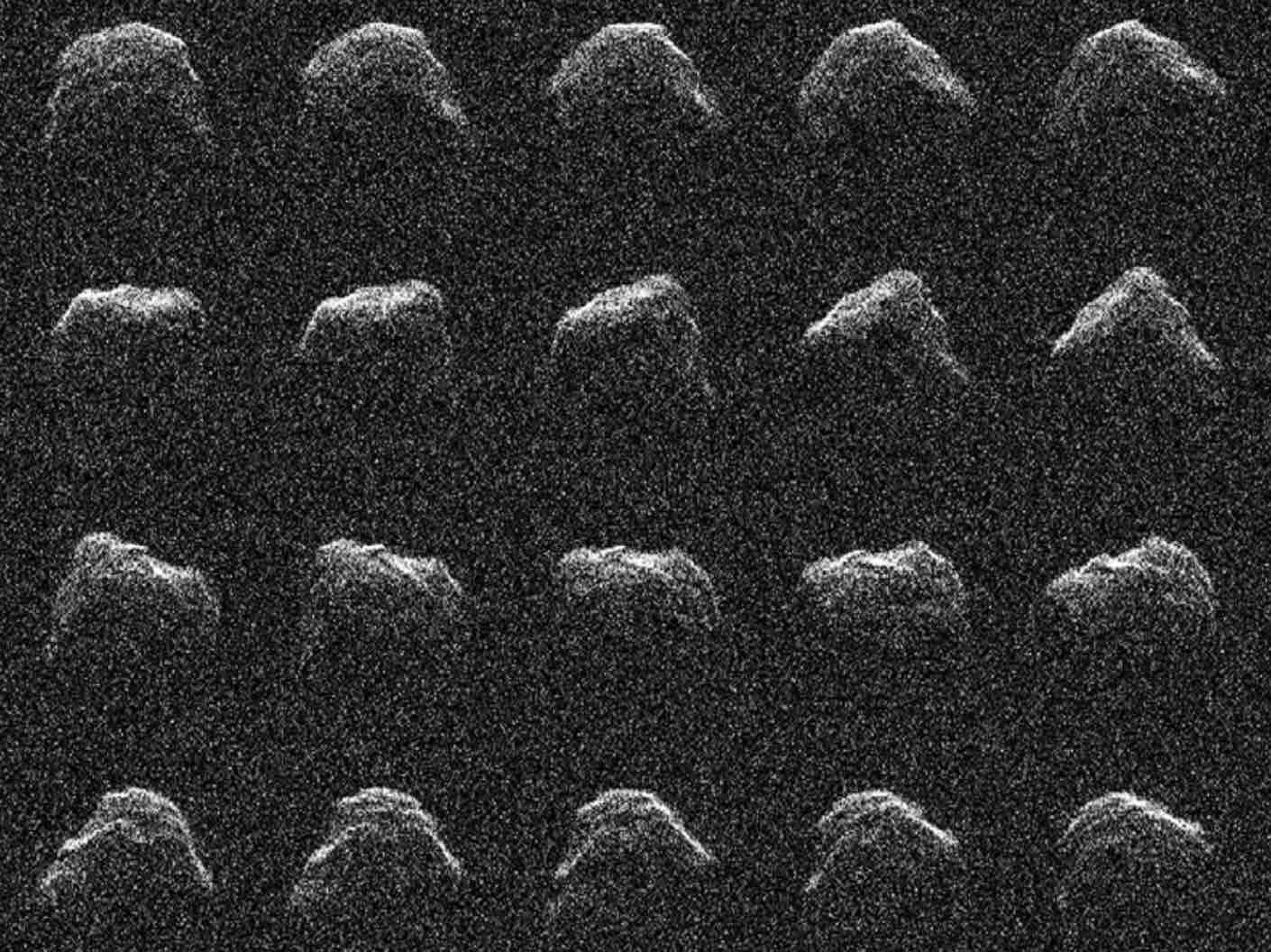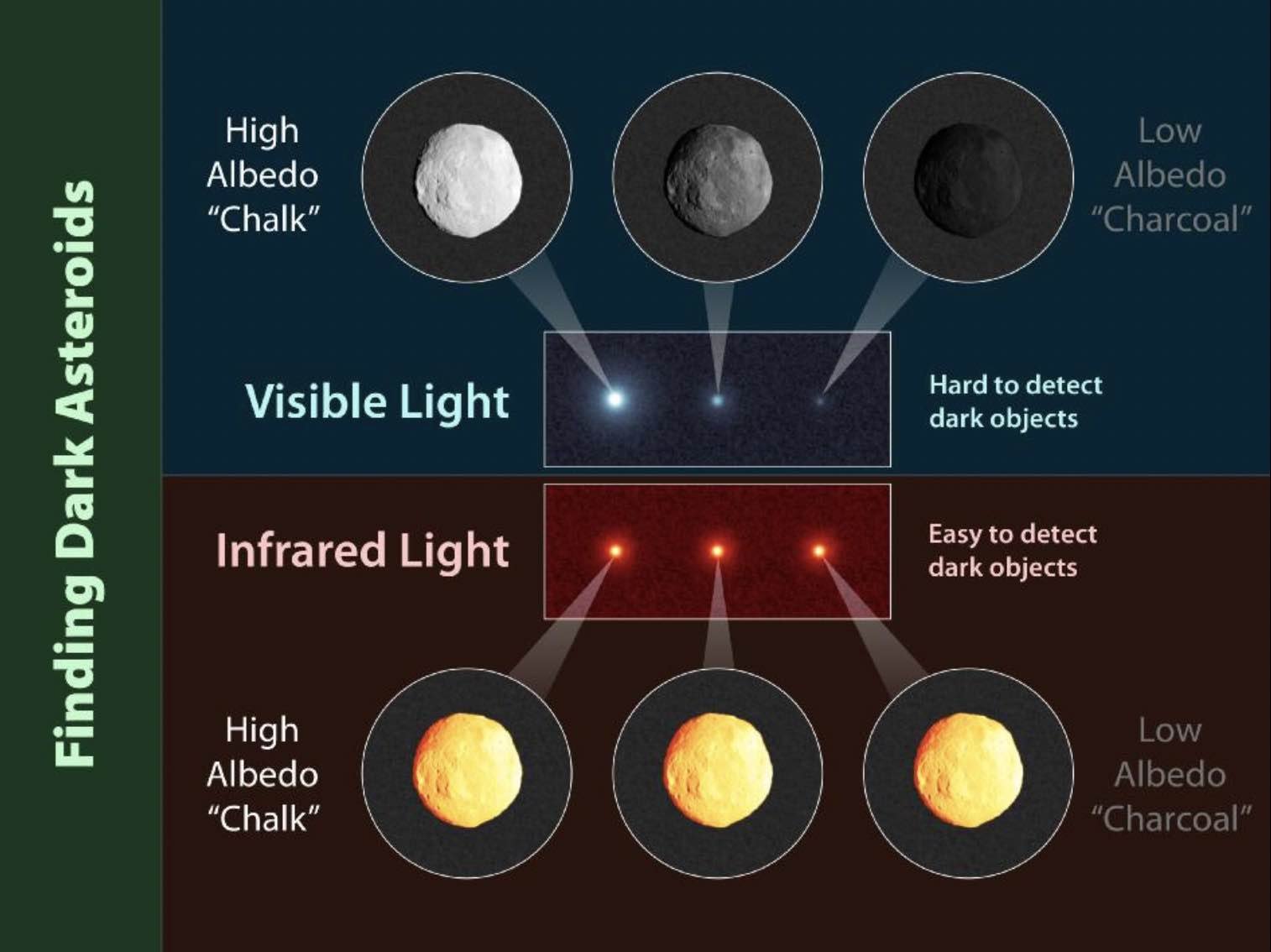

Welcome to this week’s installment of The Intelligence Brief… in recent days, we have learned about NASA’s latest efforts to ramp up planetary defense efforts by placing a next-generation telescope into orbit that will hunt for “dark” asteroids and comets. In this week’s analysis, we’ll be looking at 1) what NASA’s NEO Surveyor is designed to do, 2) how it can spot objects that can’t be seen from Earth, and 3) how its unique technologies will help it detect “dark” objects in space that could potentially threaten life on our planet.
Quote of the Week
“Sooner or later, we will face a catastrophic threat from space. Of all the possible threats, only a gigantic asteroid hit can destroy the entire planet. If we prepare now, we better our odds of survival. The dinosaurs never knew what hit them.”
– Michio Kaku
Before we dive into this week’s analysis, a few of the stories we’ve been covering in recent days at The Debrief include how researchers with the U.S. Department of Energy (DOE) say they have untangled a solar mystery, in a breakthrough that could help resolve many lingering questions in astrophysics. Meanwhile, President Joe Biden has signed the National Defense Authorization Act for fiscal year 2023 into law, which includes provisions related to unidentified anomalous phenomena (UAP), among other things related to National Defense. And finally, a group of theoretical physicists says that a superluminal world possessing three time dimensions and one space dimension could change our concept of time.
Also, be sure to check out all of the latest videos from The Debrief over on our YouTube page, along with all of our recent reporting, which you can find linked at the end of this week’s newsletter. With that out of the way, it’s time for us to take a look at how NASA’s NEO Surveyor will represent the next generation in planetary defense against invisible threats from space.
NEO Surveyor: NASA’s Next-Generation Asteroid Hunter
NASA is gearing up to assemble the next generation of asteroid-hunting spacecraft, with plans for a space telescope designed to scour the solar system for stray asteroids and comets that have managed to evade our most sensitive Earth-based telescopes and planetary defense measures.
The Near-Earth Object Surveyor, or NEO Surveyor, will be “the first purpose-built space telescope that will advance NASA’s planetary defense efforts by finding and tracking hazardous near-Earth objects,” according to NASA’s Jet Propulsion Laboratory (JPL) in Pasadena, California.


NASA says that the orbital Earth-defending telescope has already passed its initial technical and programming reviews, as it now moves into the design phase, according to a recent mission update at the JPL website.
A Planetary Defender in Space
The NEO Surveyor is part of NASA’s broader efforts with the Planetary Defense Coordination Office (PDCO), which since its enaction in 2005 has worked to detect any potentially concerning near-Earth objects approaching Earth.
Searching our solar system for objects greater than 460 feet in width that approach at a distance within 30 million miles of our planet, NASA hopes that the NEO Surveyor will significantly enhance the PDCO’s current detection capabilities and help ward off dangers from approaching asteroids in the years ahead.


Upon completion of the next-generation asteroid hunter, the NEO Surveyor telescope will be dispatched to the L1 Lagrange point between the Sun and Earth, where it will spend the next five years of its mission observing the solar system in the infrared portion of the spectrum, similar to the James Webb Space Telescope. This allows NEO Surveyor an unprecedented view of wavelengths that Earth’s atmosphere blocks from view, making it capable of collecting data on any potentially threatening objects that Earth-based telescopes may miss.
Hunting “Dark” Asteroids with NEO Surveyor
NEO Surveyor is equipped with a variety of detection technologies designed to enhance its capabilities. These include dual monitoring in two heat-sensitive bands of infrared, which NASA says will help the telescope scour the solar system in the most challenging visual conditions.
Dark asteroids and comets are space objects that do not reflect abundant amounts of light, making them difficult to detect—especially with Earth-based telescopes. With NEO Surveyor’s dual monitoring of specific infrared bands where such “dark” objects are likely to be found lurking, it has the potential of greatly enhancing planetary defense systems during its five-year mission, in addition to potentially revealing other useful data about objects possessing low-light reflectivity in our solar system that may be worthy of study.


Lindley Johnson, NASA’s Planetary Defense Officer at PDCO, calls NEO Surveyor “the next generation” in NASA’s planetary defense systems for tracking any potentially dangerous objects as they make their way towards Earth.
“Ground-based telescopes remain essential for us to continually watch the skies,” Johnson said in a JPL new release, adding that “a space-based infrared observatory is the ultimate high ground that will enable NASA’s planetary defense strategy.”
Amy Mainzer, an astronomer at the University of Arizona in Tucson and NEO Surveyor’s mission’s survey director, says that the telescope will play a vital role in support of NASA’s related efforts to intercept and deflect asteroids, technologies demonstrated for the first time earlier this year with the successful interception of an asteroid by NASA’s DART spacecraft.
“But before we can deflect them, we first need to find them,” Mainzer says.
“NEO Surveyor will be a game-changer in that effort.”
That wraps up this week’s installment of The Intelligence Brief. You can read past editions of The Intelligence Brief at our website, or if you found this installment online, don’t forget to subscribe and get future email editions from us here. Also, if you have a tip or other information you’d like to send along directly to me, you can email me at micah [@] thedebrief [dot] org, or Tweet at me @MicahHanks.


Here are the top stories we’re covering right now…
- Ayahuasca’s Plant-Based Healing Effects May Be Enhanced by Traditional Music, New Research Shows
The positive effects of Ayahuasca may get a boost when paired with traditional music, according to a new study.
- U.S. Developing Glide Phase Interceptor and Other Key Technologies to Combat Hypersonic Weapons Threats
American aerospace companies are working to develop innovative defense capabilities amidst new reports of Russia’s increased use of hypersonic missiles.
- Seeking Immortality in Space: Encounters With ‘Interstellar Memorabilia’
Like prehistoric cave paintings, finding interstellar extraterrestrial devices might indicate that the quest for immortality is universal to all sentient beings past and present throughout the Milky Way galaxy.
- U.S. Dept. of Energy Plasma Discovery Unravels Odd Solar Phenomenon, Offers Clues to Cosmic Mysteries
Researchers with the U.S. Department of Energy (DOE) say they have untangled a solar mystery, in a breakthrough that could help resolve many lingering questions in astrophysics.
- $858 Billion Defense Bill Signed into Law by Biden Includes “Unprecedented” Legislation on “Unidentified Anomalous Phenomena”
President Joe Biden has signed the National Defense Authorization Act for fiscal year 2023 into law, which includes provisions related to unidentified anomalous phenomena (UAP).
- New Superluminal Theory Transforms Our Concept of Time with “Extension” of Special Relativity
A group of theoretical physicists says that a superluminal world possessing three time dimensions and one space dimension could change our concept of time.
- A New Plan for Finding Alien Life on Enceladus Looks at Using Orbital Spacecraft
Researchers from the University of Arizona have published a new plan for finding alien life on Saturn’s moon Enceladus by flying a probe through the water plumes the icy moon sews into space.
- Key Takeaways You Need to Know from the DOD’s Recent AARO Media Roundtable on UAP
This week we analyze a recent DOD media roundtable on the efforts of the All-domain Anomaly Resolution Office (AARO) and its UAP studies.
- Some of the Most Mysterious, Bizarre, Even Terrifying, Holiday Traditions in History
Terrifying demons, pooping logs, and peasant kings hosting drunken parties, The Debrief discusses some of the most bizarre and terrifying holiday traditions.
